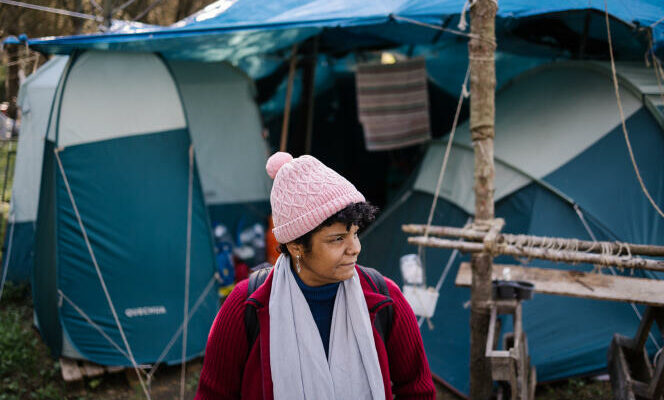In 2022, when interest rates soared, the scenario of a major European real estate crash was feared. It didn’t happen, but there’s little cause for celebration. Instead, the market has entered a phase of quasi-freeze, with a sharp slowdown in the number of sales, an insufficiency of new constructions and a decline in real estate prices which remain historically very high, limiting access to property for youth.
Across Europe, house prices fell or stagnated in 2023. They fell by 5% in Germany, by 2% in both the United Kingdom and France, and increased slightly by 2% to 3% in Italy and in Spain, according to data from the Fitch rating agency, in a report on global real estate published in December 2023. “We expect stable or moderately increasing prices in 2024 and 2025”, estimates the agency. France is nevertheless an exception, with a drop in prices of 2% to 4% expected this year.
Economic conditions led to fears of much worse. The European Central Bank increased its interest rates from –0.5% to 4% between September 2019 and September 2023, the largest increase in the history of the single currency. But, in the euro zone, loans are mainly at fixed rates over long periods. Under these conditions, the increase in rates does not affect those who have already borrowed, but only new buyers who, therefore, have more difficulty obtaining a loan from the bank.
Owners who have loans at low fixed rates avoid moving, for fear of not being able to obtain a new loan. Which seizes the market, by reducing the number of properties for sale – in Germany, for example, the number of property loans has fallen by half in two years. In France, real estate transactions have been reduced by a quarter. In addition, the number of constructions is insufficient, particularly in countries stormed by tourists during the summer season, and in those which have welcomed Ukrainian refugees since the start of the Russian invasion in Ukraine in early 2022.
This freezing of the market at very high prices has painful cascading social consequences. In city centers stormed by tourists, the working and middle classes, also penalized by energy and food inflation, are finding it increasingly difficult to find housing. Some households are relegated to the periphery, or even worse.
In the United Kingdom, the number of people who found themselves homeless in 2023 exceeded the number of first-time buyers, according to the Generation Rent association, which defends tenants. In Ireland, the median age of buyers is now 39, compared to 35 in 2010. In the Netherlands and the Czech Republic, the subject is fueling political anger, while Italy, Portugal and Greece are trying to fight against the excesses of tourism.
You have 83.68% of this article left to read. The rest is reserved for subscribers.
